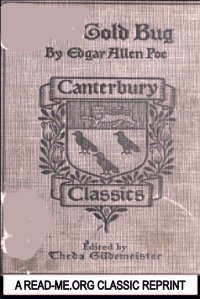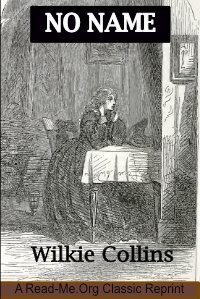By Robert Louis Stevenson and Lloyd Osbourne, Edited by Colin Heston.
“The Ebb-Tide: A Trio and Quartette” is a dark, psychologically complex novella co-written by Robert Louis Stevenson and his stepson Lloyd Osbourne, first published in 1894. Included in Volume XIX of the Swanston Edition of Stevenson’s collected works, this tale marks one of the final literary efforts of Stevenson’s life and reflects his mature style—gritty, morally ambiguous, and deeply engaged with the human condition.
Set in the South Pacific, a region Stevenson had come to know intimately during his later years, The Ebb-Tide follows three disgraced and destitute Europeans—Herrick, Davis, and Huish—who find themselves stranded in Tahiti. When they are offered the chance to captain a cargo schooner, the Farallone, they seize the opportunity, only to discover that the ship is carrying a mysterious and morally troubling cargo. Their journey soon spirals into a tale of greed, betrayal, and existential crisis, culminating in a confrontation with Attwater, a charismatic and enigmatic missionary who lives alone on a remote island.
The novella is notable for its psychological depth and moral complexity. Each character represents a different facet of human weakness—cowardice, cruelty, and self-deception—and Stevenson explores how these traits play out under the pressures of isolation and lawlessness. The tropical setting, far from being idyllic, becomes a backdrop for moral decay and spiritual reckoning. The story’s title, The Ebb-Tide, metaphorically suggests the retreat of moral certainty and the erosion of personal integrity.
Stylistically, the work is lean and intense, with Stevenson’s prose sharpened by his collaboration with Osbourne. The narrative is driven by suspense and philosophical inquiry, raising questions about redemption, colonialism, and the nature of evil. It is often seen as a companion piece to Stevenson’s earlier South Seas fiction, such as The Beach of Falesá, but it is darker and more introspective in tone.
The Swanston Edition provides this novella with critical annotations and historical context, situating it within Stevenson’s broader literary and biographical trajectory. As one of his final works, The Ebb-Tide offers a powerful and unsettling vision of the human soul adrift—both literally and morally—on the margins of empire and civilization.
Read-Me.Org Inc. Australia-New York-Philadelphia. 2025. 216p.











